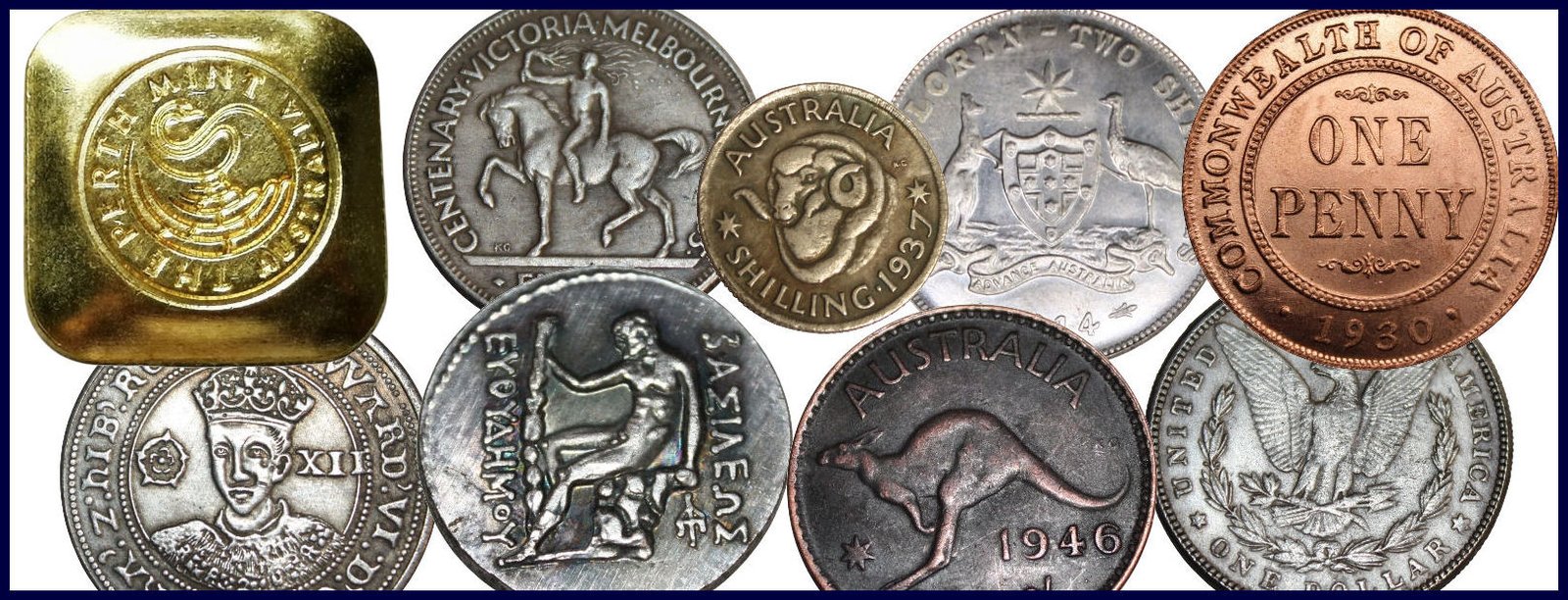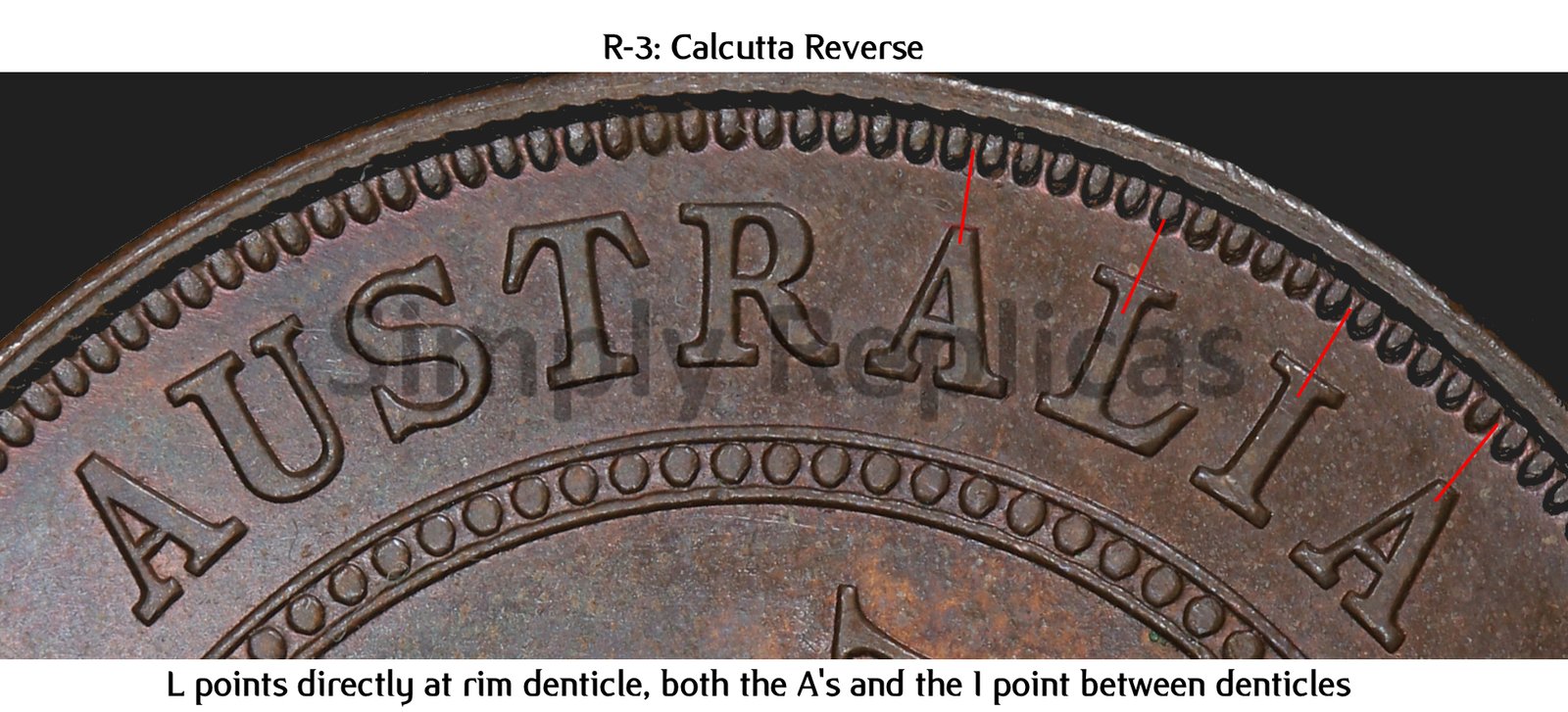
Understanding King George V Penny Master Dies

The study of King George V penny master dies is essential for detecting counterfeit coins, especially the rare and valuable 1930 penny. By understanding the original die details, collectors and enthusiasts can better recognize genuine features versus forgeries.
Obverse Dies of the King George V Penny
During the King George V period, two different obverse dies were used in penny minting. Understanding these helps collectors and beginners quickly identify genuine varieties.


O-1: English Obverse (London)
The London-minted obverse features 177 rim denticles. This design was struck at the Royal Mint, London, and is one of the primary identifiers for distinguishing early issues.

O-2: Indian Obverse (Calcutta)
The Calcutta-minted obverse has 178 rim denticles. This slight difference from the London obverse is a key diagnostic feature, especially useful when authenticating pennies from the KGV era.
Obverse Distinguishing Features



Reverse Dies of the King George V Penny
Three different reverse dies were used during the King George V period. Each type can be identified by its rim denticle count and mint usage, which helps collectors and researchers distinguish between varieties and spot counterfeits.


R-1: London Reverse
The London reverse has 174 rim denticles. It was used between 1911–1931 at the London, Melbourne, and Sydney mints.

R-2: Birmingham Reverse
The Birmingham reverse has 177 rim denticles. It was used between 1912–1936 at the Heaton, London, Sydney, Melbourne, and Perth mints.

R-3: Calcutta Reverse
The Calcutta reverse has 178 rim denticles. It was used between 1916–1920 at the Calcutta, Sydney, and Melbourne mints.
Reverse Distinguishing Features



Understanding Die Pairings
This guide gives beginners a clearer understanding of which die pairings were used in specific years. It also makes it easier to distinguish between the London and Indian obverse dies — a vital skill for any King George V collector. Mastering these details is one of the best tools for detecting counterfeits, especially the rare and valuable 1930 penny, which will be covered in a dedicated article.
Legend
- O-1 — Obverse Type 1 die (English)
- O-2 — Obverse Type 2 die (Indian)
- R-1 — Reverse Type 1 die (London)
- R-2 — Reverse Type 2 die (Birmingham)
- R-3 — Reverse Type 3 die (Calcutta)
Ready to apply this knowledge?
Learn How to Spot a Fake 1930 Penny